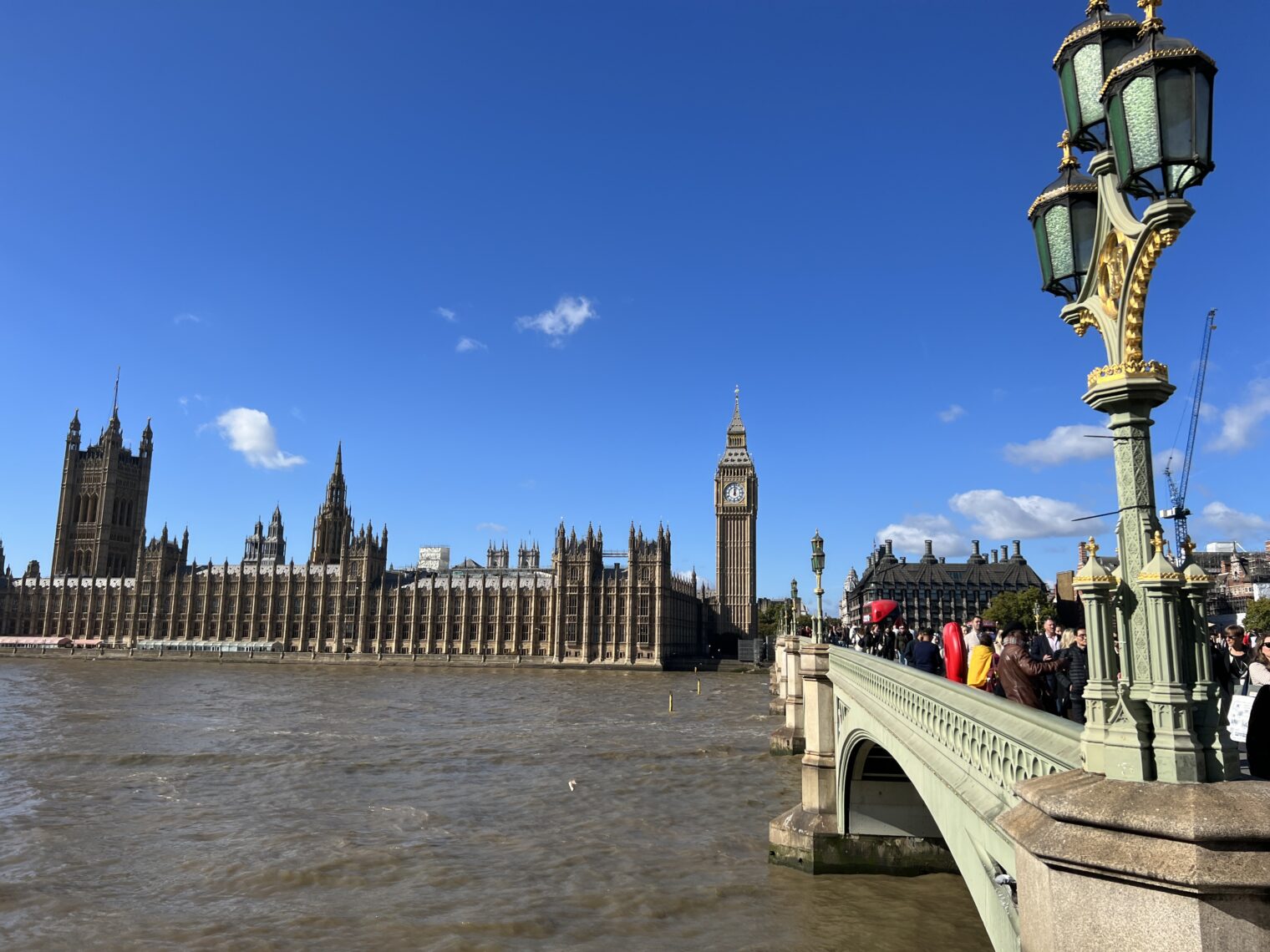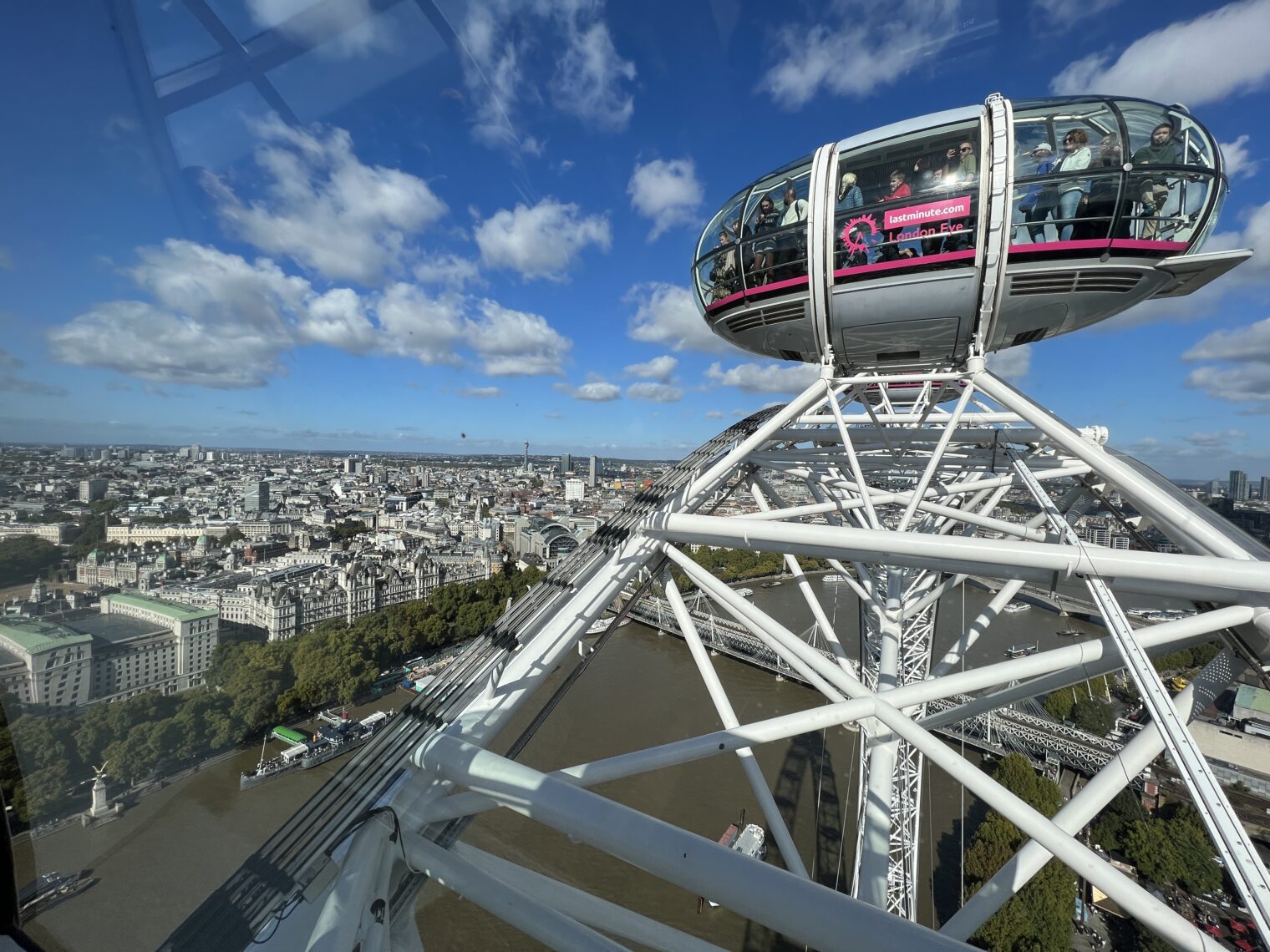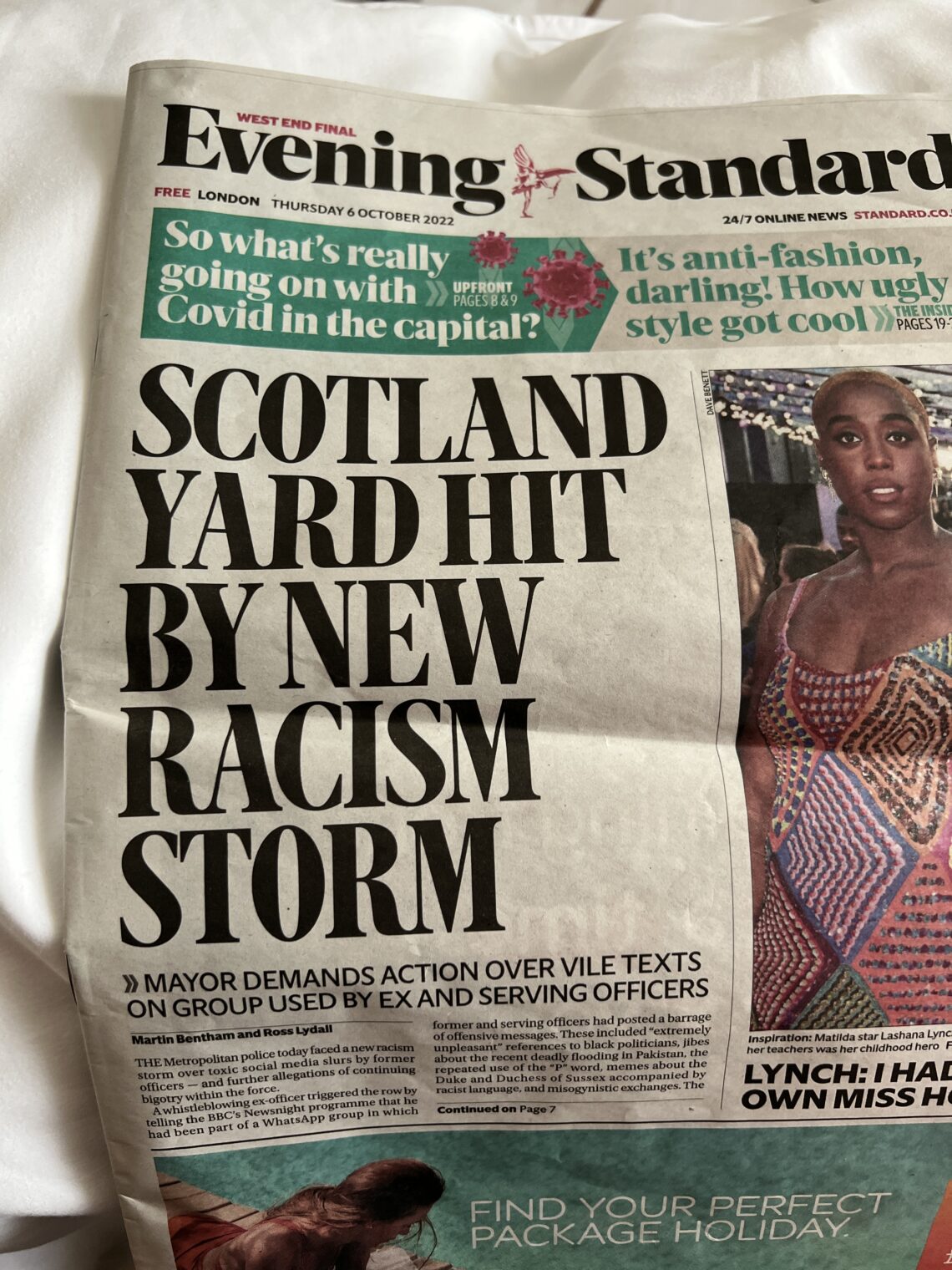How much more successful would Rishi Sunak have been if he had been born white?
The UK has a new prime minister. Because they could not find anyone 78-86, which Science proves is the age range in which a human exhibits optimum decision-making skills, they’ve chosen 42-year-old Rishi Sunak.
“Rishi Sunak to become first British PM of colour and also first Hindu at No 10” (Guardian):
Rishi Sunak is about to become the UK’s first prime minister of colour and the first Hindu prime minister, both milestones in Britain’s evolution as a multicultural and multi-faith society. … the UK has never had a black or brown prime minister before.
Neema Begum, assistant professor in British politics at the University of Nottingham, said Sunak’s appointment “shows how far ethnic minority representation has come in politics”. “Sunak as prime minister is not necessarily a cause for celebration for all ethnic minorities. It shouldn’t be used to refute the ongoing existence of racism or obscure the fact that there are well-documented systemic racial and ethnic inequalities in housing, health and education.”
Rishi Sunak and his wife, Akshata Murty, have a combined net worth of around £730 million ($826 million), … That’s around twice the estimated wealth of King Charles III.
So… this guy overcame racism and, as a “brown” person navigated a society in which white privilege is a huge advantage. This leads to the question How much more successful would Rishi Sunak have been if he had been born white? Instead of having to wait to age 42, at what age would he have become prime minister? Instead of being worth $826 million, how much would he be worth if he’d enjoyed white privilege?
Here’s a recent sunny Saturday near the Palace of Westminster. Almost impossible to walk on the bridge because nobody can decide whether to walk on the left or on the right.
And a young Heroine of Faucism who is wearing a non-N95 mask as defense against an aerosol virus while on a 30-minute nearby London Eye ride in close proximity to the unmasked:
Just for fun, a photo at the top:
On the subject of systemic racism, a newspaper that I picked up on my way into a multi-million-dollar electric vehicle:
Full post, including comments







